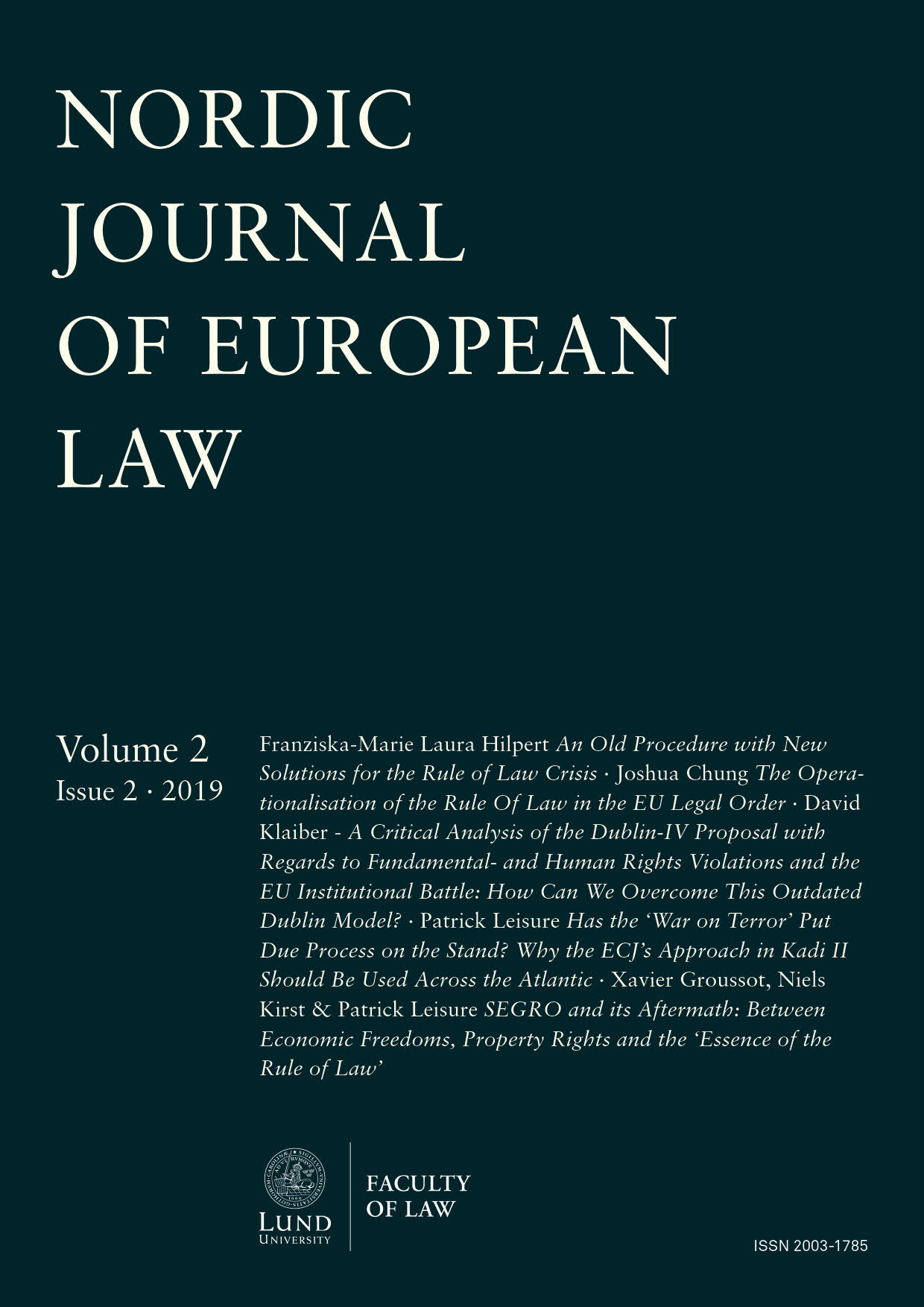A Critical Analysis of the Dublin-IV Proposal with Regards to Fundamental- and Human Rights Violations and the EU Institutional Battle How Can We Overcome this Outdated Dublin Model?
Main Article Content
Abstract
The Dublin regime – in short – determines which EU Member State is responsible to examine an application for asylum. The former Dublin Convention was signed in 1990 and first came into force in 1997. Today, 22 years and several legislative generations later, the Dublin regime is determined by the Dublin-III Regulation. After the 2015 so called ‘migration crisis’ and the collapse of legal principles in the Regulation, European legislators called for a reform of the Dublin system. Beside the will to reform the whole Common European Asylum System (CEAS), special focus lies on the reform of the Dublin-III Regulation. Therefore, the Commission issued its proposal for a new Dublin-IV Regulation. The proposal led to enormous controversies not only in the academic world but also in the European Institutions themselves. The aim of this article is first to analyse the Dublin-IV proposal against the background of fundamental and human rights with the incorporation of relevant case law of the ECJ and the ECtHR. The analysis will show several such violations and contradictions to the relevant jurisdiction. Furthermore, it will be demonstrated that the European Institutions are far from consent with regards to the Commission’s proposal. By showing the different approaches of the Institutions and of the academic world, finally, this article will provide guidelines on how to reform the Dublin regime adequately and in accordance with fundamental and human rights.
Article Details

This work is licensed under a Creative Commons Attribution-NonCommercial-NoDerivatives 4.0 International License.

